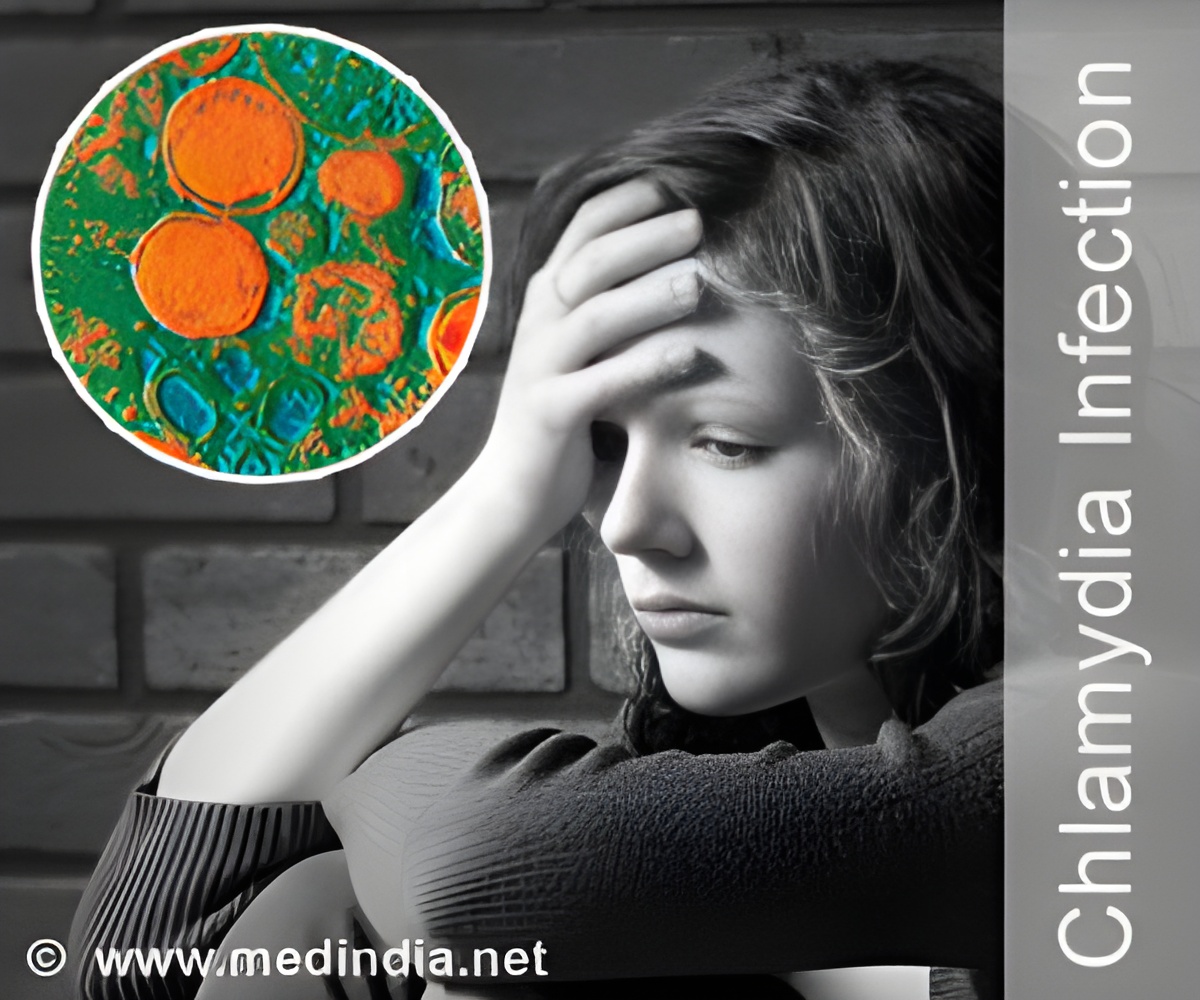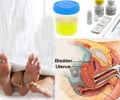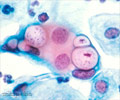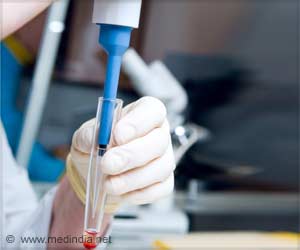A review published ahead of print in Infection and Immunity says that the current standard of care treatment for chlamydia sometimes fails to eradicate the disease.

The source of the reinfections has long been a conundrum. Some are blamed on continued intercourse with an infected partner. This is not surprising since chlamydia is usually asymptomatic in men.
Chlamydiae have long been assumed often to persist within the genital tract in a non-replicating form, but Rank says there is no evidence for this. "While all agree that chlamydiae may persist in a patient for long periods of time, and that recurrent infections do develop, there has been no agreement on how and where and in what form chlamydiae persist," says Rank.
In a recent study, coauthor and Arkansas colleague Laxmi Yeruva showed in mice that azithormycin eradicated the genital infection, but not the GI infection.
Rank showed further—also in mice—that chlamydial infection of the GI does not elicit an inflammatory response, and never resolves, unlike in the genital tract.
"However, we found that GI infection does produce a strong immune response that can actually be effective against a genital infection, but that is unable to cure the GI infection," says Rank.
Advertisement
Chlamydia trachomatis is the most common cause of sexually transmitted disease in the world. In the US, approximately 1.4 million cases occur annually, according to the Centers for Disease Control and Prevention. Adolescents are most affected, and 6.8 percent of sexually active females ages 14-19 become infected annually.
Advertisement
Source-Eurekalert










